Palace excavation unearths vital clues to the past
来源:中国日报英文版
2022-05-19 09:05:05
Original Headlines:Palace excavation unearths vital clues to the past
Source:中国日报英文版
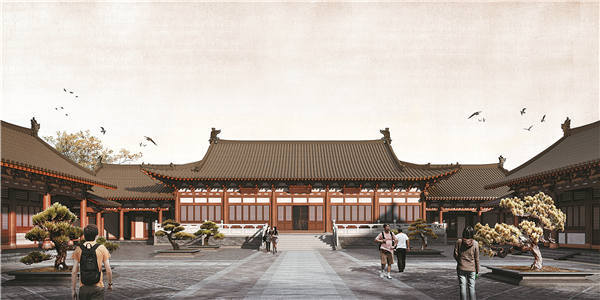
An artist's impression of Deshou Palace, which is being transformed into a Southern Song Dynasty Museum showcasing ancient economic, scientific and technological developments. [Photo provided to China Daily]
Venue to be transformed into Southern Song Dynasty Museum
When historians discuss business development and technological advances in ancient China, they often refer to the Song Dynasty (960-1279)-the "golden age" for such achievements.
The economy prospered during this dynasty, bank notes first appeared, compasses, gunpowder and movable type printing were invented, and the technologies for making porcelain were refined. Major breakthroughs were also witnessed in mathematics and astronomy.
In Science and Civilization in China, a series of 27 books by British scientist and Sinologist Joseph Needham (1900-95), the author wrote that the country was, for a time, well ahead of the West in developing several fields of knowledge, including magnetism and optics.
Needham also said that Chinese advances in engineering were, at least until 1500, "frequently superior to anything which Europe could show."
In Hangzhou, capital of Zhejiang province, a major archaeology and restoration project ongoing at the site of Deshou Palace is expected to restore the complex and transform it into a Southern Song Dynasty Museum, which will stage exhibitions showcasing economic, scientific and technological developments during the Song Dynasty.
Deshou Palace, or the Palace of Morals and Longevity, was the residence of Qin Hui, a prime minister at the Song Dynasty court. It later became home to two former emperors during the Southern Song Dynasty (1127-1279). Emperor Gaozong, whose reign began in 1127, retreated to the palace after leaving the throne in 1162, as did his successor Emperor Xiaozong in 1189.
According to literary works, the Deshou Palace layout was similar to that of the Southern Song Dynasty imperial city. It comprised more than 10 halls and courtyards, including the Deshou, Houdian and Lingzhi halls. There were also a large number of exquisite landscaped gardens, comparable to those in the imperial city.
Meng Chao, designer at the Zhejiang Institute of Traditional Architectural Design and Research, has been in charge of the restoration project team since 2020.
The project is expected to be completed in three main stages-architectural restoration, site exhibition and digital display, according to Meng.
"As the first and basic step, the location and scale of each building will be clarified through the archaeological restoration process," he said.
Research of the site and reviews of related documents helped form a clear picture of the characteristics and construction methods used for each building.
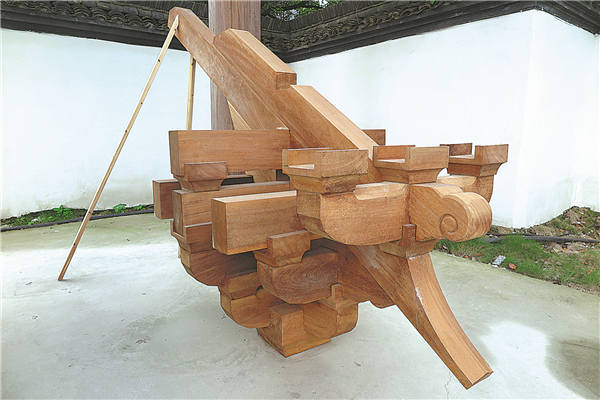
A wooden bracket from Deshou Palace. [Photo by Fang Xiaoying/China Daily]
Comparisons made
Meng's team went to great lengths to decide which building materials to use for the restoration.
"We studied unearthed cultural relics and also architecture in the same area from the same period of time. We also examined buildings in paintings from the Song Dynasty," he said.
"Our team has done a lot of work comparing different kinds of wood and tiles. After carrying out extensive research and seeking the opinions of other experts, we finally chose to mainly use teak to restore the palace.
"We also made clay tiles based on the size and materials used for unearthed Song Dynasty tiles. When knocked together, the tiles have a clear sound, similar to that of metal."
Tang Junlong, engineer at the Zhejiang Institute of Traditional Architectural Design and Research, a member of the project team, said archaeological excavations at the site cover an area of 6,900 square meters.
Lang Xufeng, director of the World Cultural Heritage and Famous Cities Protection Division at the Hangzhou Municipal Bureau of Gardening and Cultural Relics, said that since 2001, archaeologists have conducted four excavations at the site, finally determining that the palace covered a total area of 170,000 sq m.
The palace buildings and gardens are being restored. Exhibitions at the restored complex will showcase the everyday life of emperors and the public during the Southern Song Dynasty and will also feature excavated and collected porcelain, calligraphy and other works of art.
Xu Jijun, former director of the Zhejiang Academy of Social Sciences' Institute of History, said the authorities in Hangzhou have launched a comprehensive protection program for ruins from the Southern Song Dynasty. Deshou Palace is one of the most important sites in this program, along with the ruins of Lin'an City, the name by which Hangzhou was known during this dynasty.
"At that time, Kaifeng, capital of the Northern Song Dynasty (960-1127), and Lin'an, capital of the Southern Song Dynasty, were both world-leading international metropolises and fashion and lifestyle centers," he said.
"The residents' lifesty

The palace restoration site. [Photo by Fang Xiaoying/China Daily]
les, including food, tea ceremonies, fashion, flower arrangements, sports activities, travel, games and toys, have all had a great influence on our lives today and also on the world."
Since the site was discovered in 1984, the four archaeological excavations conducted there by the Hangzhou Institute of Cultural Relics and Archaeology in 2001, 2005-2006,2010 and 2017 have determined the area covered by Deshou Palace.
Following the initial excavations in 2001, a wealth of archaeological relics, including palace walls, access gates, large temple foundations, roads, pools, canals, a rockery and a drainage ditch, have been discovered.
The project will not only restore the palace and landscaped gardens, but will also highlight economic, technological and cultural achievements from that period.
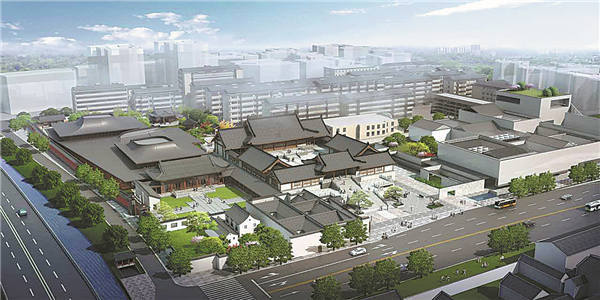
A model for the project. [Photo provided to China Daily]
Systematic research
Zhuo Jun, deputy director of the Hangzhou Municipal Bureau of Gardening and Cultural Relics, said the Deshou Palace site is a rare example from that time in history, adding that it has undergone systematic archaeological research.
The palace gardens incorporated styles used for those at royal residences and gardens in the Yangtze River Delta, the research shows. "The Deshou Palace gardens are also of important cultural and technological value," Zhuo said.
According to a paper published by Sun Peifang, researcher at Zhejiang University of Science and Technology's School of Civil Engineering and Architecture in Hangzhou, gardening technology in China experienced a transition during the Song and Yuan (1271-1368) dynasties.
However, the classical gardens that remain in the country were mainly built in the Ming (1368-1644) and Qing (1644-1911) dynasties, and there are no examples of gardens from the Song and Yuan dynasties.
As the Deshou Palace ruins from the Southern Song Dynasty mainly comprise large-scale garden buildings, the ongoing archaeological and restoration work at the site will fill gaps in the gardens' history during the Song and Yuan dynasties.
Humid weather, abundant rainfall and complex geological and hydrological conditions in eastern China, where Hangzhou is located, pose challenges to protecting the Deshou Palace site.
Lang, from the Hangzhou Municipal Bureau of Gardening and Cultural Relics, said, "As Hangzhou has a high groundwater level and also humid and rainy weather, we are setting up facilities around the site to control the humidity."
In addition to the weather, the location of the palace site, in Shangcheng district, downtown Hangzhou, has been discussed at length. Over 10 remains from the Southern Song Dynasty have been unearthed in Shangcheng, more than at any other place nationwide.
Meng said: "Some areas of the palace site that have not been excavated lie about two to three meters below office and residential buildings and also roads. For fear of potential damage, we have decided against excavating the relics and moving them away.
"We mainly protect the site by using physical methods, rather than chemical techniques-sheltering the ruins to prevent damage from the rain and sun. We also maintain a constant temperature in the exhibition rooms to better preserve the relics."
Due to the special requirements for preservation, work at the site has been constrained for the past two decades, and the venue has not been fully developed and used for many years, according to the Hangzhou government website.
Before the restoration project began, the site was covered by large areas of old residential buildings and parking lots.
Fang Xiaoying contributed to this story.
想爆料?请登录《阳光连线》( http://minsheng.iqilu.com/)、拨打新闻热线0531-66601253,或登录齐鲁网官方微博(@齐鲁网)提供新闻线索。齐鲁网广告热线0531-66601253,诚邀合作伙伴。

Ever increasing circles
- Visitors watch Stay Wild, a video created by young artist Tao Hui, at Macalline Art Center in Beijing, a museum dedicated to conte...[详细]
- 中国日报网英文版 2022-05-19

“5·18国际博物馆日”来了 济南市博物馆推出多项惠民活动
- [详细]
- 齐鲁网 2022-05-18
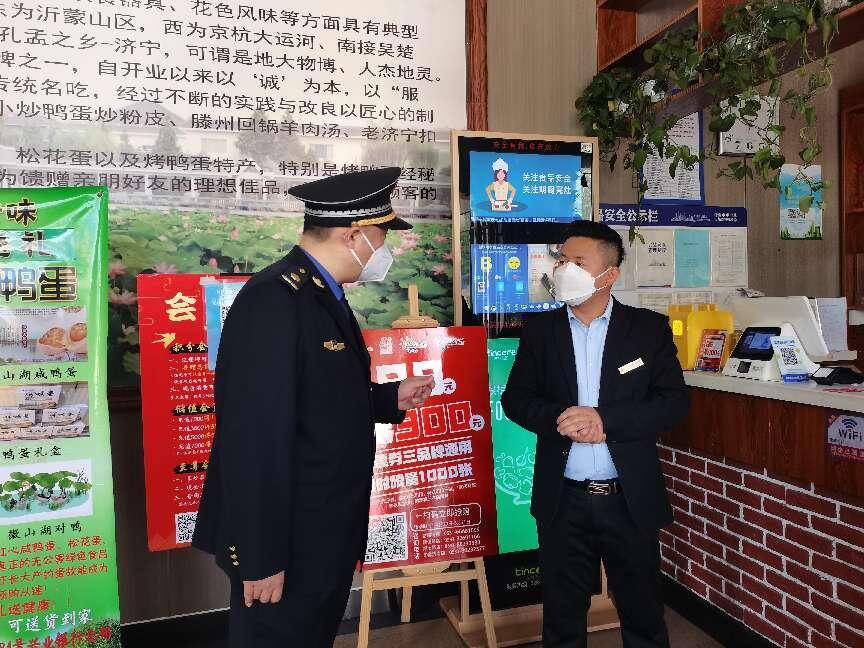
济南市市中区综合行政执法局:当好复工复产“排头兵”
- [详细]
- 齐鲁网 2022-05-18
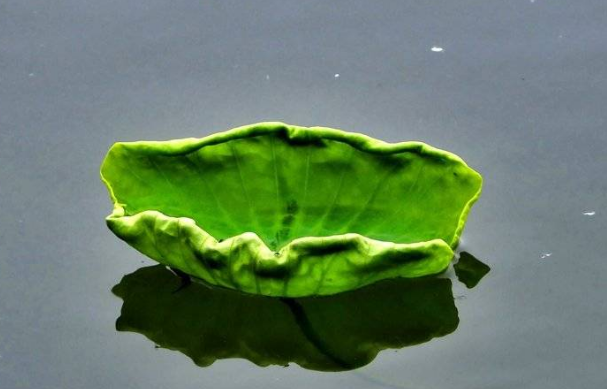
济南大明湖畔只此青绿,初夏小荷露尖角
- [详细]
- 齐鲁晚报 2022-05-18
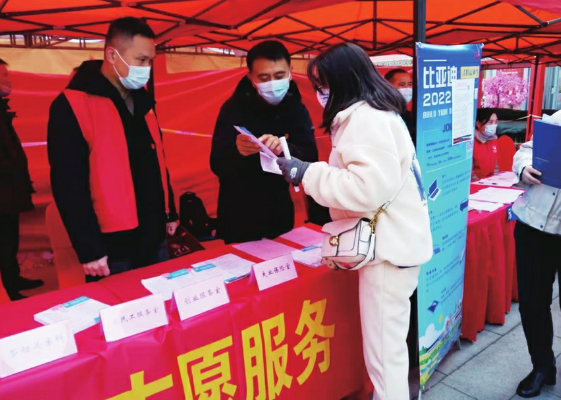
济南市创设2.79万个城乡公益性岗位助力实现共同富裕
- [详细]
- 舜网-济南日报 2022-05-18
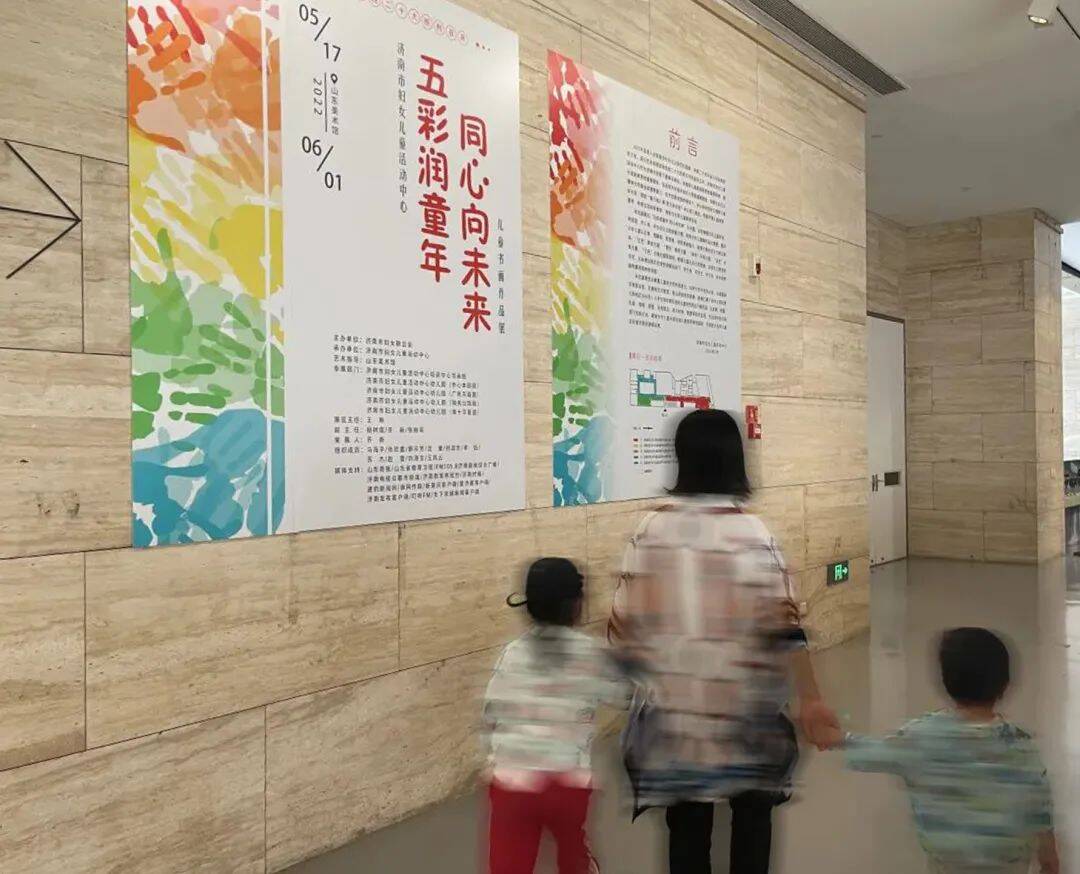
济南市妇女儿童活动中心举办“五彩润童年 同心向未来”儿童书画作品展
- [详细]
- 齐鲁网 2022-05-18

打卡新去处!快来济南起步区黄河公园邂逅美好初夏
- [详细]
- 齐鲁网 2022-05-18

济南钢城:网红油菜花田为集体增收开拓新路子
- [详细]
- 齐鲁网 2022-05-18
济南能源工程集团举办“中国梦·劳动美”宣讲比赛
- 近日,济南能源集团所属济南能源工程集团组织开展了以“中国梦•劳动美”为主题的企业文化职工宣讲比赛。9名参赛选手结合自身岗位和身边职...[详细]
- 大众网 2022-05-18
济南能源投资控股集团首个“零碳供能”项目完成联调
- 近日,济南能源集团所属济南能源投资控股集团首个“零碳供能”项目——济南能源集团明湖热力燃气客户服务中心供冷项目完成联调,可为明湖热...[详细]
- 大众网 2022-05-18
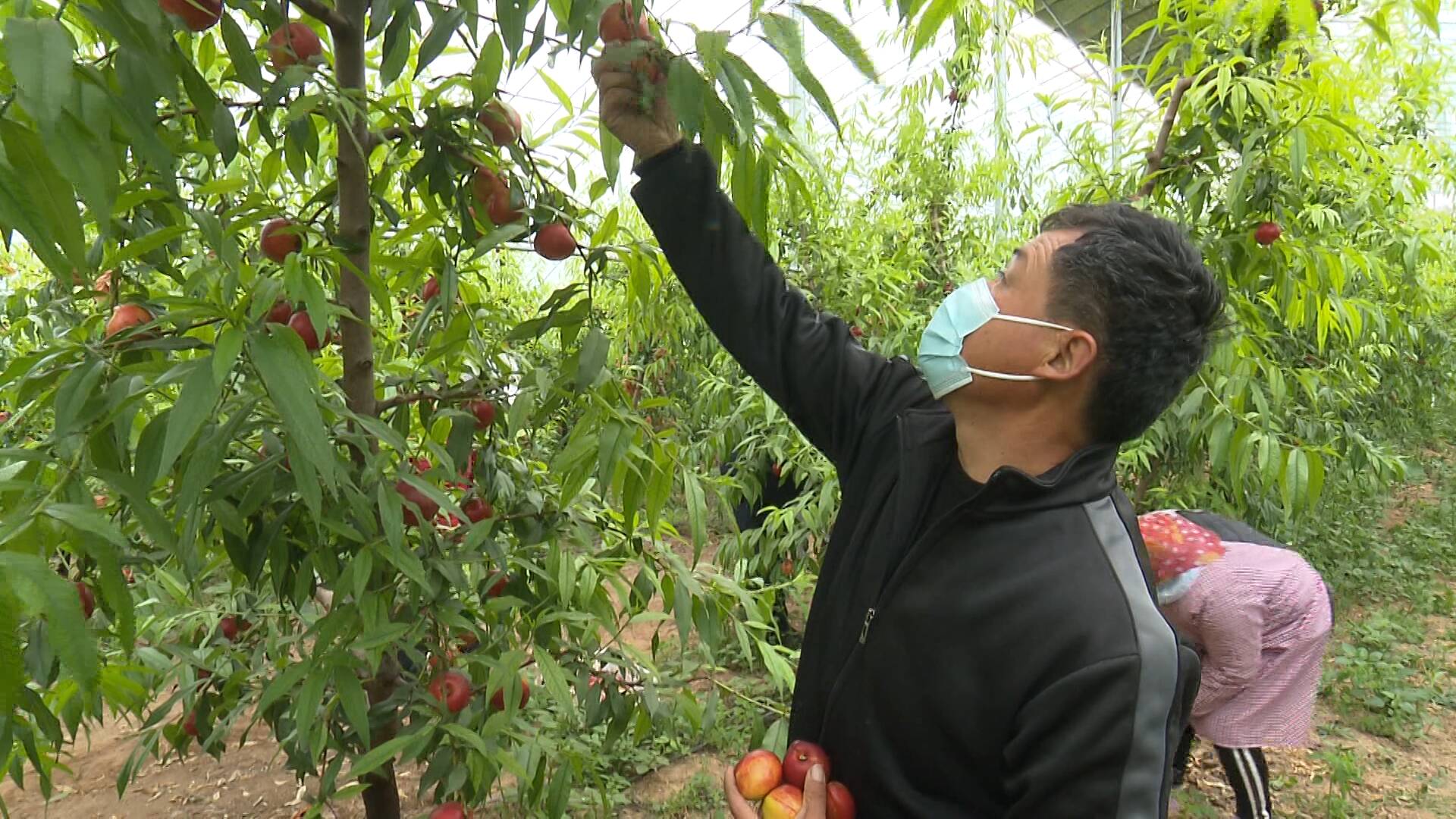
商河县:第一书记王希明化身“推销员” 线上线下齐联动解决村民瓜果销售难
- [详细]
- 齐鲁网 2022-05-18

济南钢城区发现1管初筛阳性,最新通报:复核阴性,解除各类临时管控
- [详细]
- 齐鲁网 2022-05-18

强化源头控制 济南出台实施生态保护专项资金项目监管办法
- [详细]
- 齐鲁网 2022-05-18
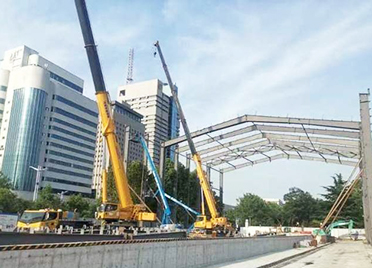
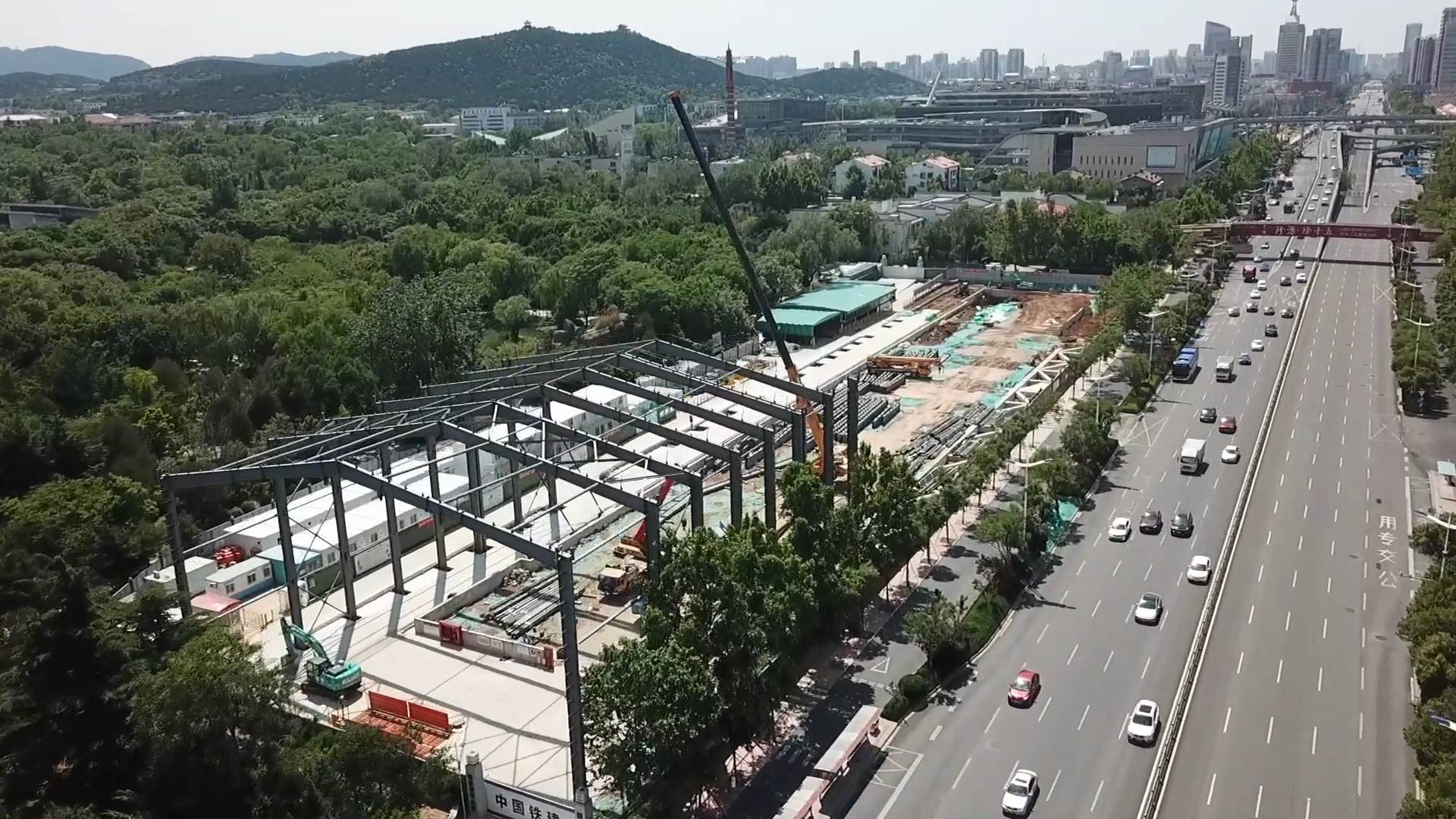



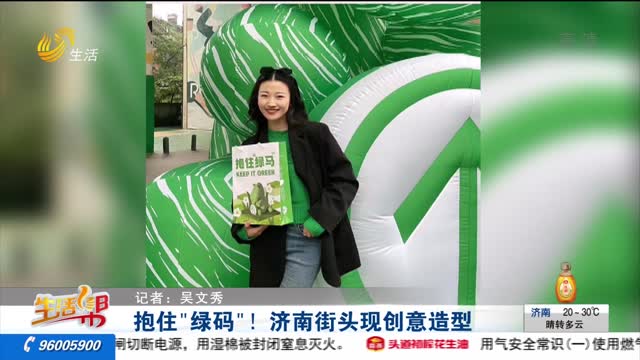
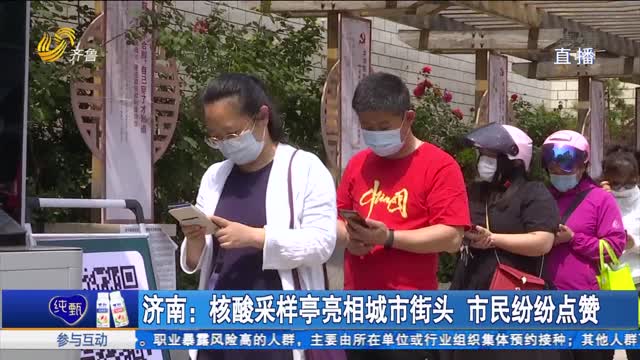
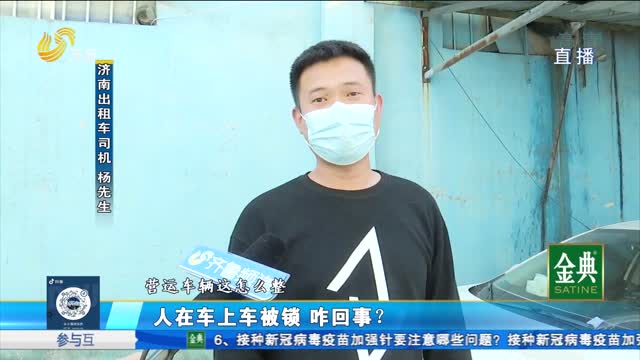

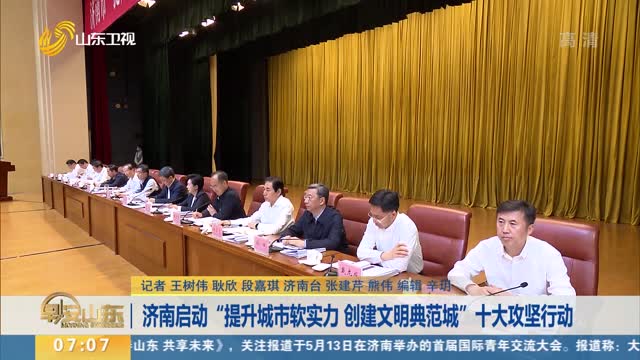

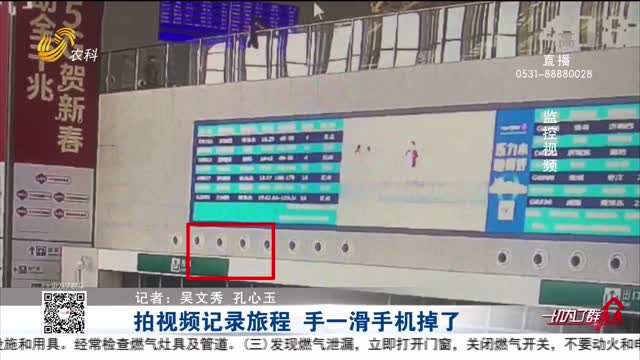
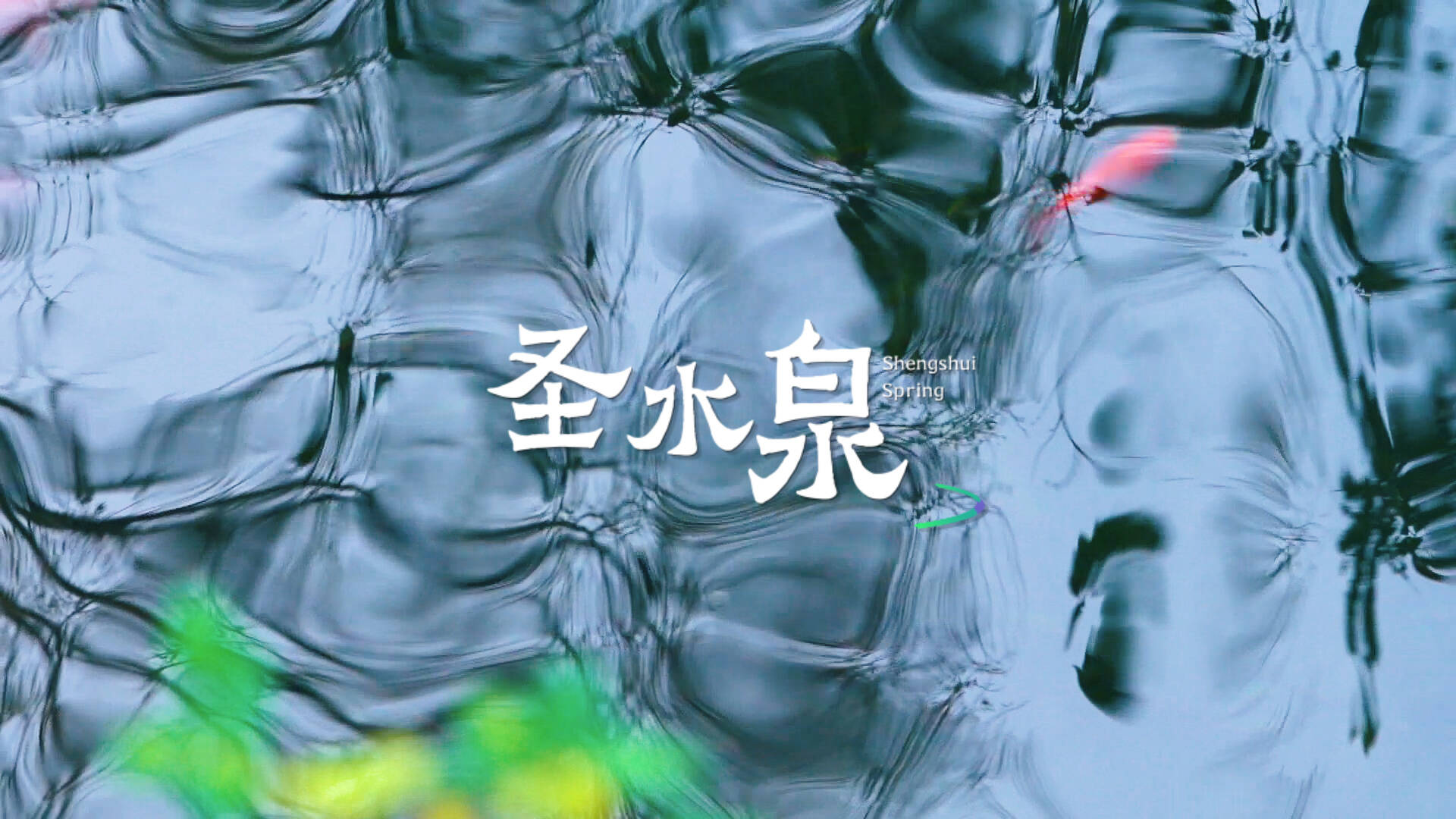
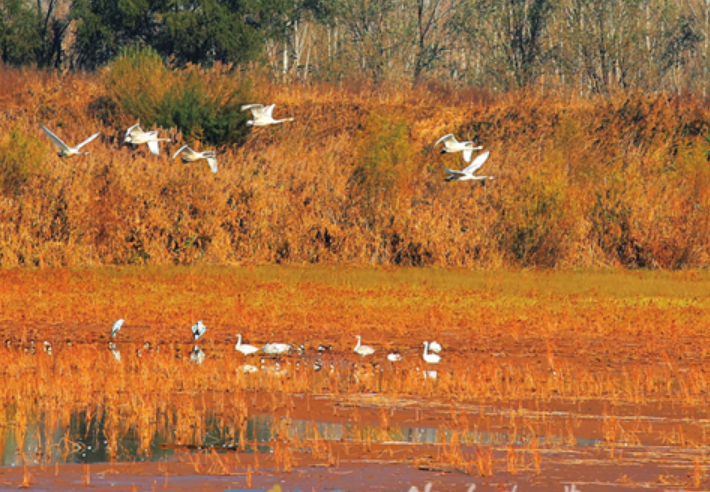
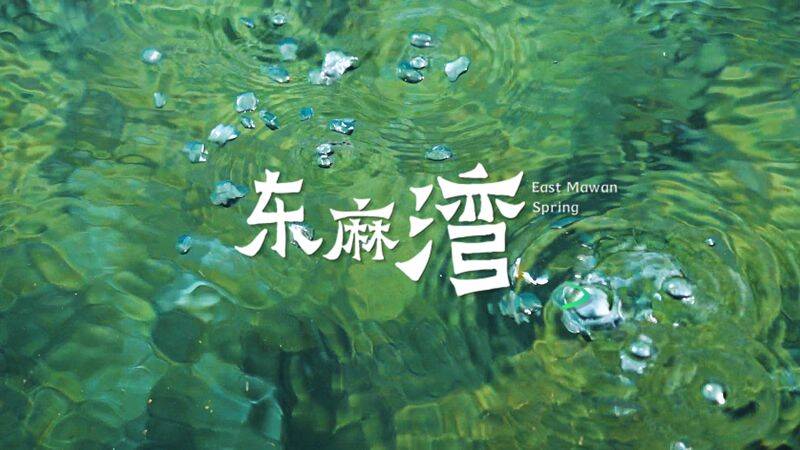
网友评论仅供网友表达个人看法,并不表明齐鲁网同意其观点或证实其描述我来说两句